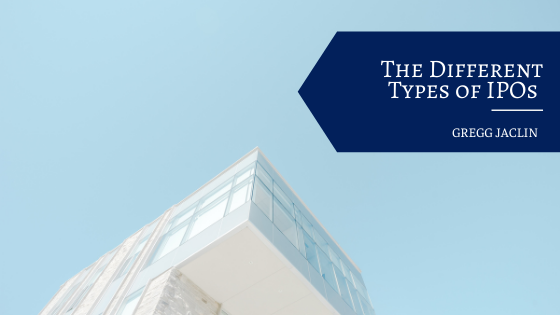The financial world is notorious for being full of complex terms. Initial public offerings (IPO) are straightforward in that there are only two types: fixed price and book building. There’s only one big difference between the two: how the cost is determined.
What is an IPO? An IPO is an action by a corporation to sell shares on the financial markets to the public. Maybe they’re trying to fund a significant expansion, or some of the big investors want to cash out. In a fixed price issue, yes, you guessed it – the price is fixed. It shows up in documents, and the investor has to pay full price when applying for the IPO.
How is the number determined? The underwriters at the company’s investment bank determine that. One of the most popular valuation models is discounted cash flow. Essentially, the business is valued as a profit machine. They also examine assets and liabilities. Competitors and products are analyzed. Both quantitative and qualitative factors are used.
The problem with this method is that the demand is only known after the issue is closed. There are frequently high levels of oversubscription, sometimes by several hundred times. Additionally, the underwriters often undervalue the company and essentially offer to sell the company at a discount. Pre-IPO investors and the company lose out.
Underpricing could be deliberate or accidental. The underwriters could have simply underestimated investor demand. Also, if share prices climb, executives will be pleased. But if share prices crash on the first day, the IPO will be regarded as a failure.
The other type of IPO is the book building issue. In this case, the price is discovered by auction. The lowest price on the spectrum is called the floor price. The highest cost is called the cap price. Investors bid, and the final price is determined at the end.
A significant book building issue ten years ago was Google. A decade ago, the tech behemoth was much smaller but still a sizable entity. Not only did it manage to negotiate a significant discount to the IPO fees, but it also opted to make the IPO an auction. Underwriters groaned, but the IPO was a big success.
Initial public offerings are an essential part of finance. There are only two types: fixed-price and book building.

